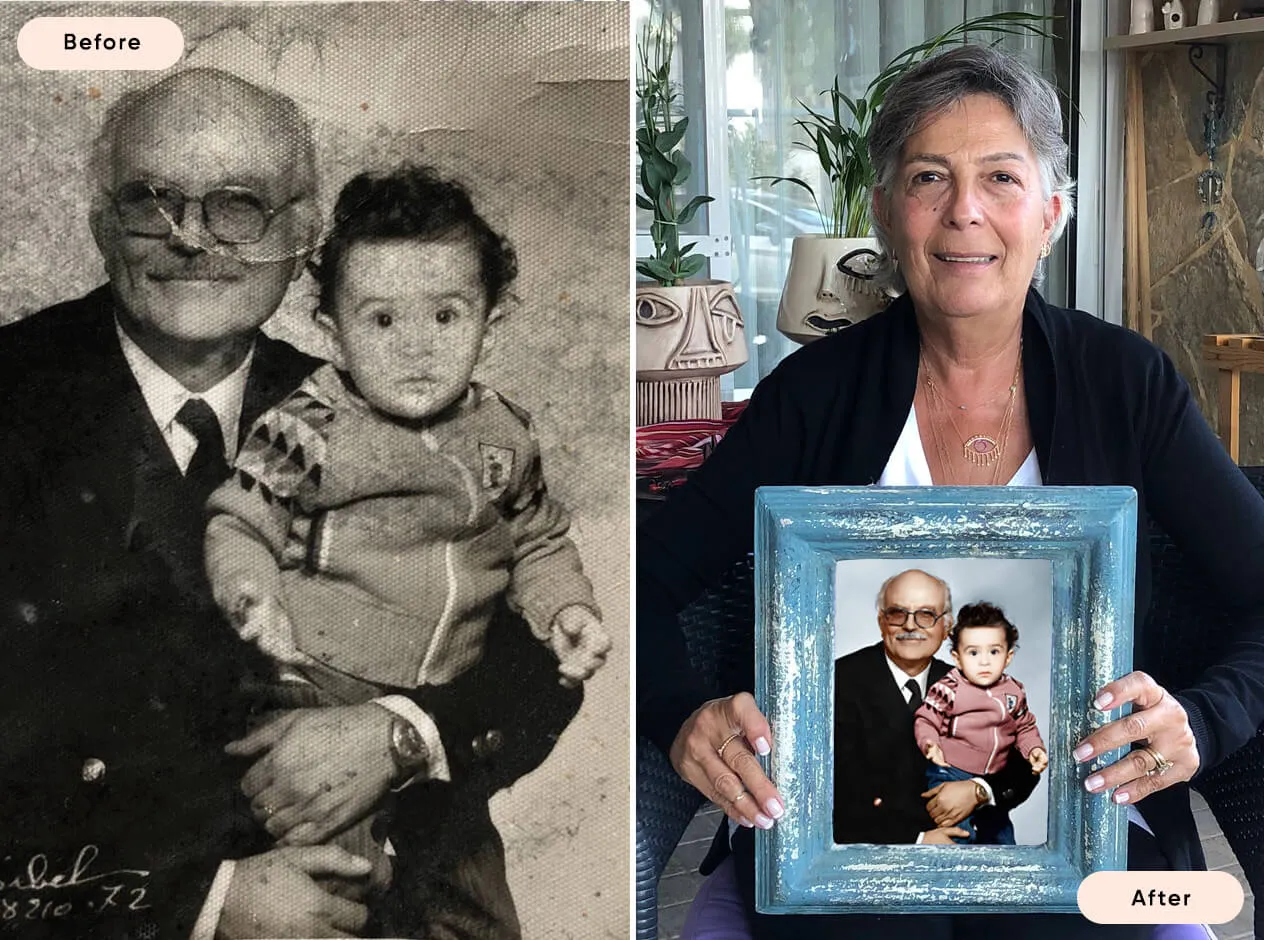Photography Techniques: Unraveling the Art of Pattern Photography
Pattern photography is a captivating approach that emphasizes the repetition of shapes, colors, and textures found in nature or human-made environments. This blog post delves into the intricacies of pattern photography, exploring its definition, practical applications, essential gear, and step-by-step techniques to capture stunning images.
What is Pattern Photography?
Pattern photography is a specialized technique that focuses on capturing repeating elements within a frame, creating visually compelling images. These patterns can be found in various forms, such as natural landscapes, architectural structures, or everyday objects. By highlighting these repetitions, photographers can create a sense of rhythm, harmony, and balance in their images.
The beauty of pattern photography lies in its versatility. It allows photographers to transform mundane scenes into extraordinary works of art by drawing attention to details that might otherwise go unnoticed. Whether it's the intricate tiles of a historic building or the repetitive lines of a field of crops, pattern photography invites viewers to appreciate the beauty in repetition.
When is the Pattern Photography Technique Useful?
Pattern photography is particularly effective in various contexts, making it an invaluable tool for photographers. Here are a few instances where this technique shines:
Enhancing Visual Impact: Patterns can add a layer of complexity and intrigue to images, elevating the overall aesthetic and engagement level.
Creating Mood and Atmosphere: Certain patterns can evoke specific emotions, whether they are the soothing lines of a calm landscape or the chaotic symmetry of urban architecture.
Telling a Story: Patterns can serve as storytelling elements within a photograph, inviting viewers to explore deeper meanings or narratives hidden within the repetition.
Focusing the Viewer’s Attention: By creating a strong focal point with patterns, photographers can guide viewers’ eyes to the heart of the image, directing attention where it belongs.
Pattern photography is useful for a variety of genres, including landscape, street, and architectural photography. Understanding when to implement this technique can significantly enhance both the composition and storytelling capabilities of your photographs.

Essential Gear for Pattern Photography Images
Having the right equipment is crucial for capturing successful pattern photography shots. Here’s a checklist of essential gear that can enhance your pattern photography experience:
Camera: While almost any camera can capture patterns, a DSLR or mirrorless camera provides more control over settings and image quality. The ability to change lenses can also come in handy.
Lenses: A standard zoom lens is versatile for capturing patterns from various distances. Alternatively, a macro lens can enable you to explore intricate details of patterns in close-up photography.
Tripod: Using a tripod can help stabilize your camera and keep your shots sharp, especially in low-light situations or when capturing detailed patterns.
Filters: Polarizing filters can reduce glare and enhance colors, making patterns more vibrant. ND filters are useful for long exposure shots, providing dynamic effects when photographing patterns in water or moving elements.
Editing Software: Post-processing can play a crucial role in enhancing patterns. Software like Adobe Lightroom or Photoshop allows you to fine-tune colors, contrasts, and details to bring out the best in your photographs.
Investing in the right gear can exponentially improve the quality of your pattern photography, elevating your creative possibilities.
How to Capture Pattern Photography Photos: A Step-by-Step Approach
Capturing beautiful pattern photography can be both an enjoyable and fulfilling process. Here’s a step-by-step guide to help you embark on your pattern photography journey:
Step 1: Discover Patterns
The first step is to explore your surroundings for patterns. Look for symmetry in buildings, shapes in nature, or even everyday objects like fences or textiles. Be open-minded, as patterns can be both grand and minimalistic.
Step 2: Composition Matters
Once you’ve identified a pattern worth capturing, pay attention to composition. Use the rule of thirds, leading lines, or framing techniques to guide the viewer’s eye toward the principal pattern. Consider varying your angle to create unique perspectives.
Step 3: Adjust Your Settings
Set your camera for optimal performance depending on the environment. Use a lower ISO for brighter settings, and adjust the aperture for desired depth of field. Shutter speed will depend on whether you’re freezing motion or capturing long exposures.
Step 4: Focus on Details
Ensure that your focus is sharp on the pattern you wish to highlight. Use manual focus if necessary for intricate details. Experiment with different levels of zoom or proximity, allowing you to capture the essence of the pattern effectively.
Step 5: Post-Processing Enhancements
After taking your shots, import the images into your editing software. Adjust the exposure, contrast, and saturation to enhance the patterns’ visibility. Cropping may also be necessary to eliminate distractions and ensure the pattern remains the primary focus of your image.
By following these steps, you can cultivate a keen eye for pattern photography and create stunning, visually engaging images that capture the essence of repetition in our world.
In conclusion, pattern photography is a fascinating technique that allows photographers to discover and showcase the beauty in repetition. Whether you're a seasoned photographer or just starting, embracing this technique can elevate your work and offer fresh perspectives on familiar subjects. Happy shooting!

Or Get YourMoney Back
back your money in the rare case you are not satisfied with the quality of your
damage-free pictures. Only $38 for most image restorations regardless of damage

All rights reserved.